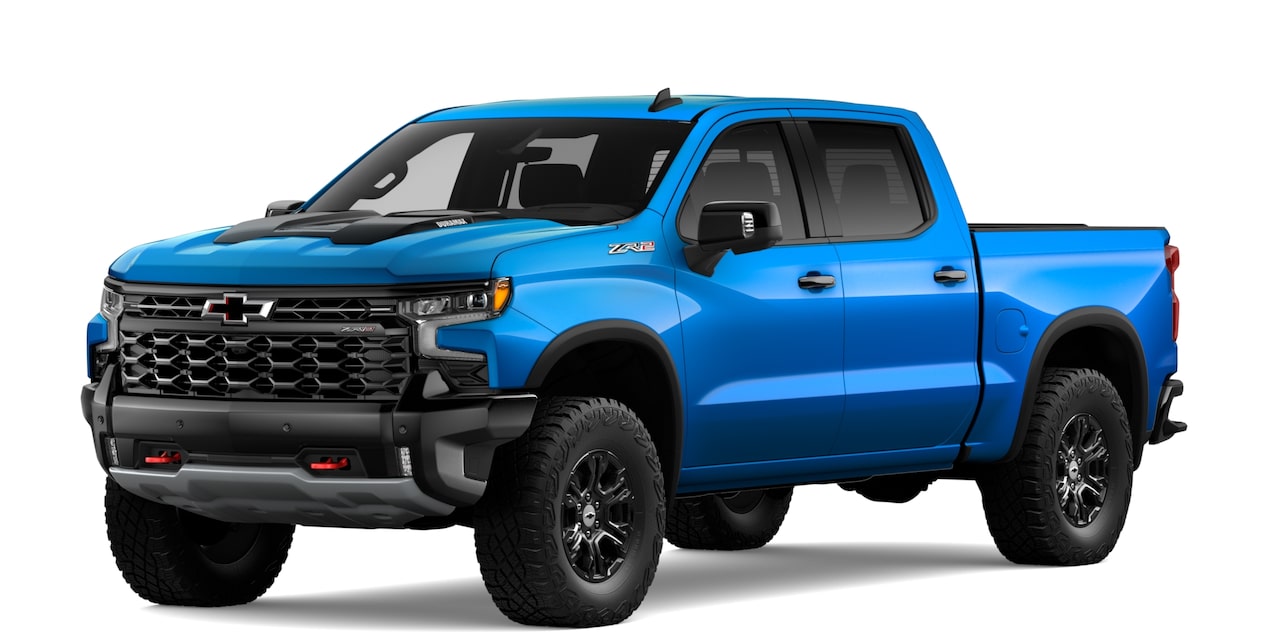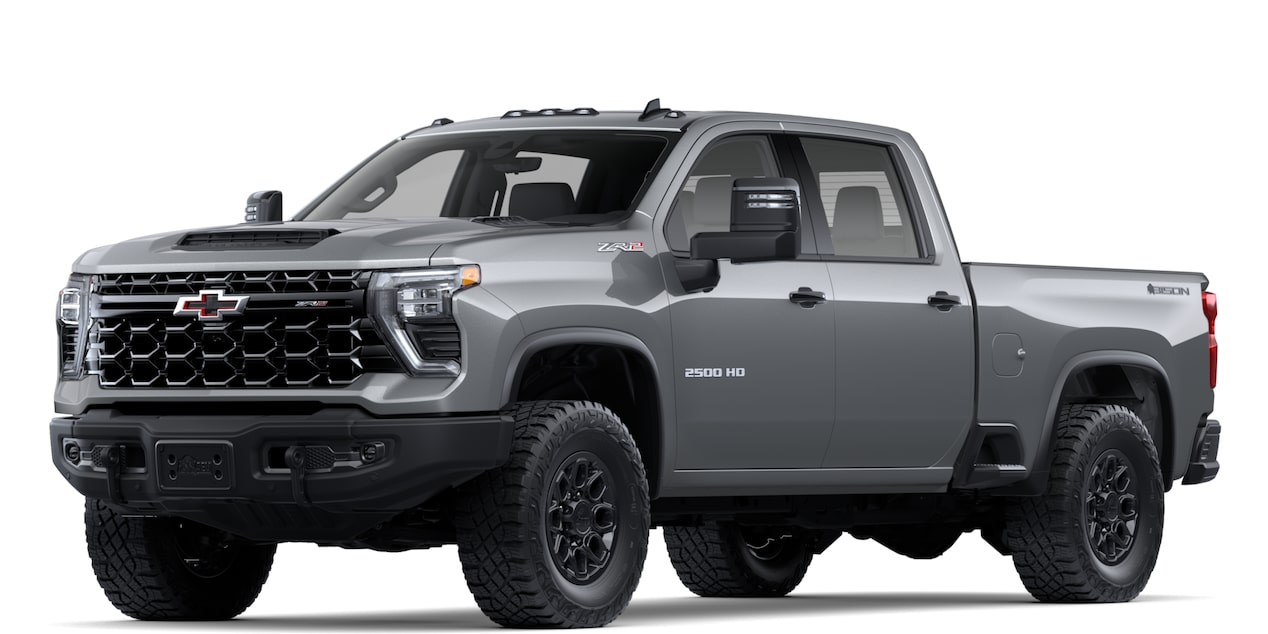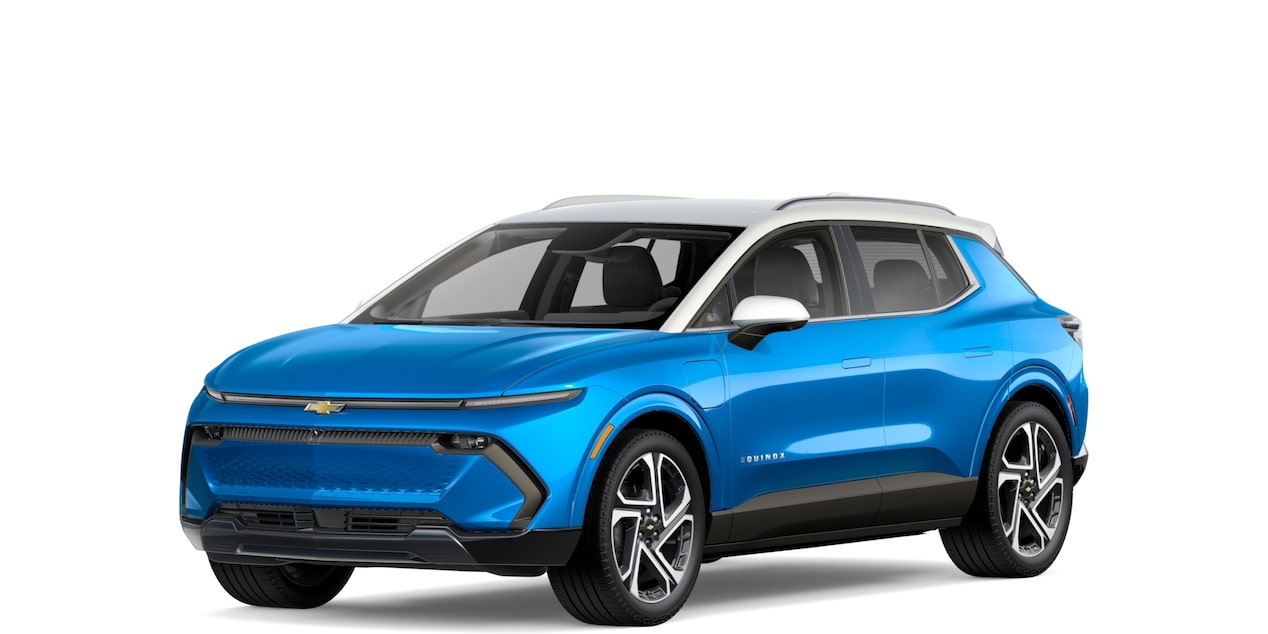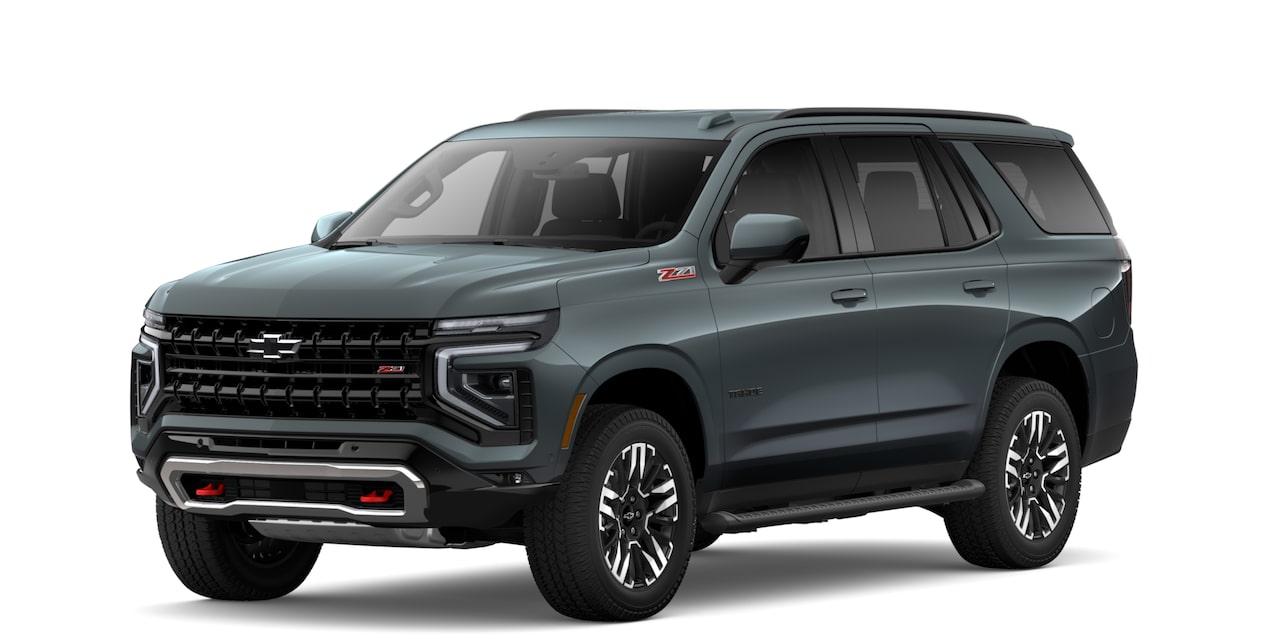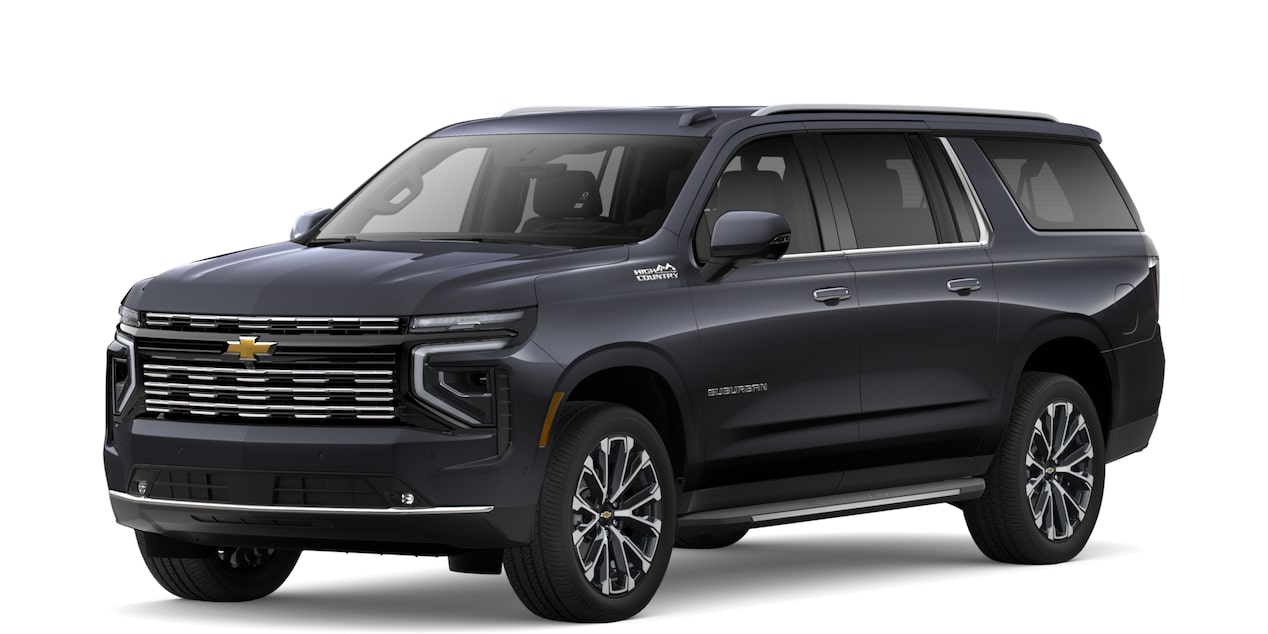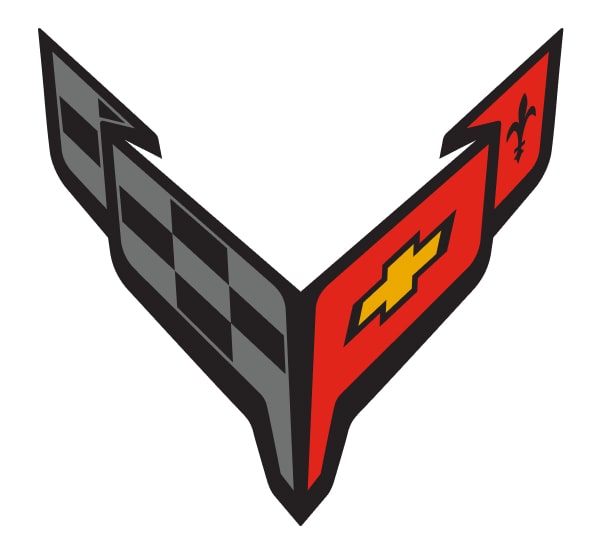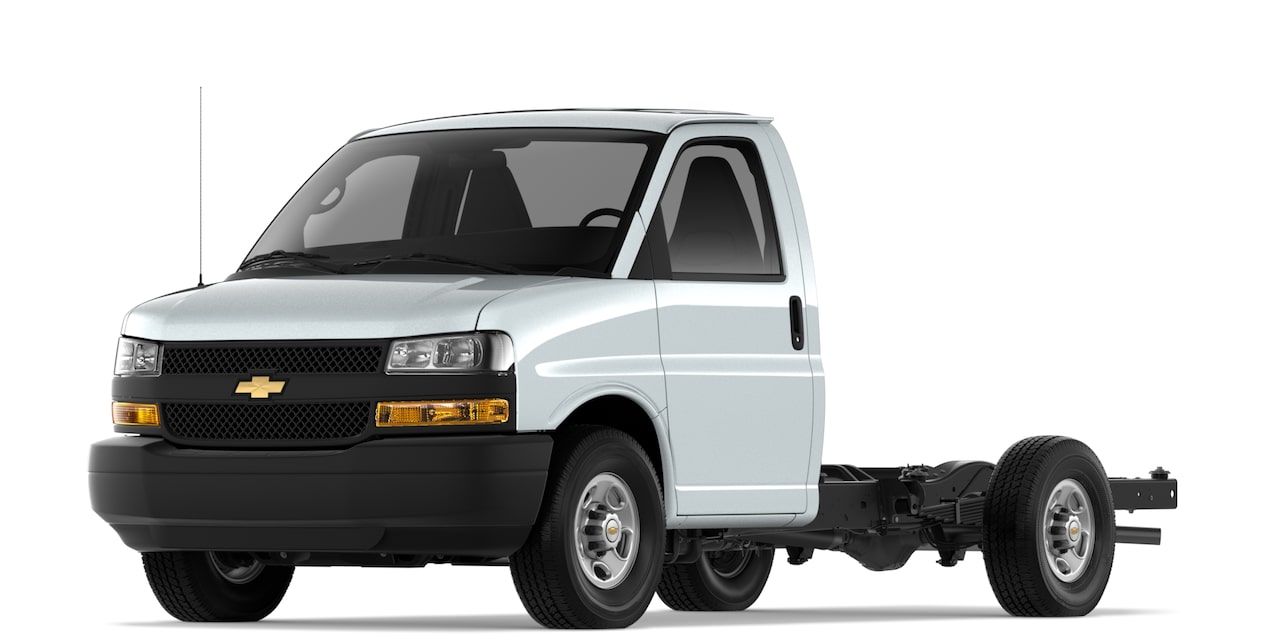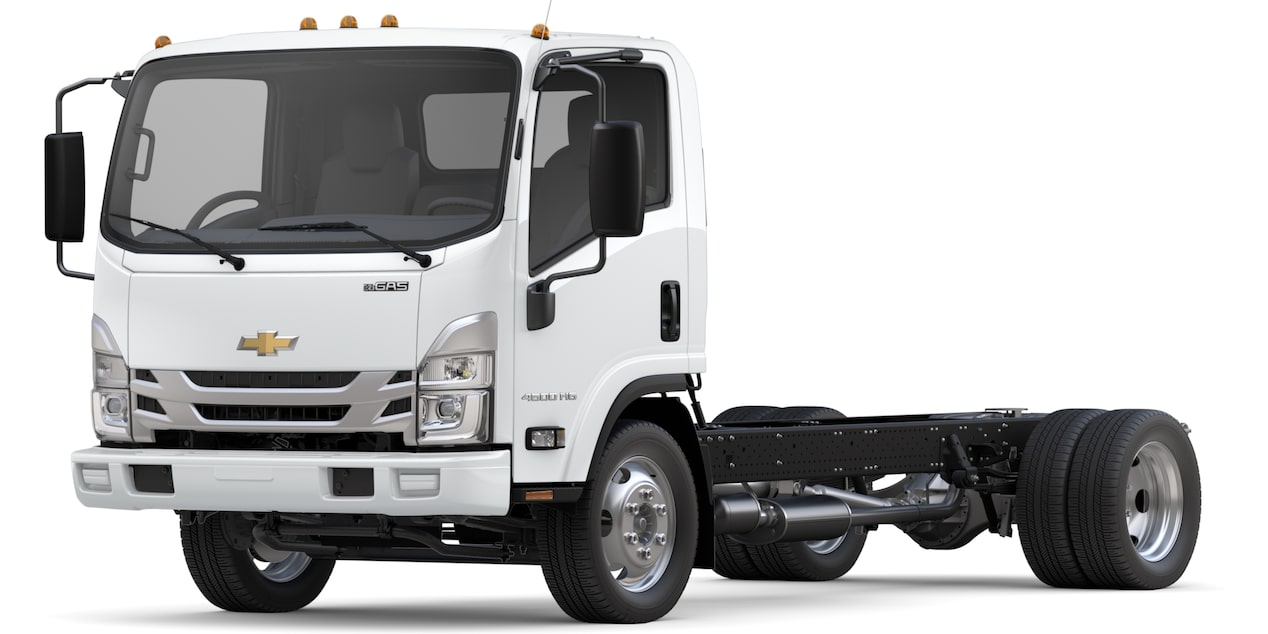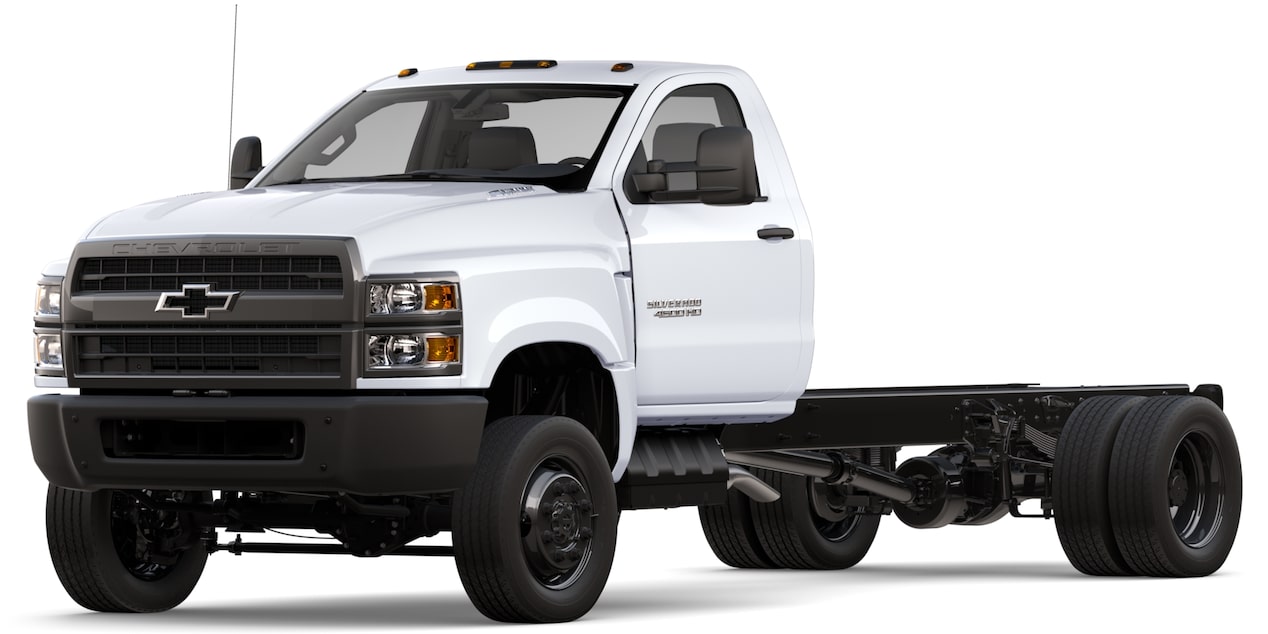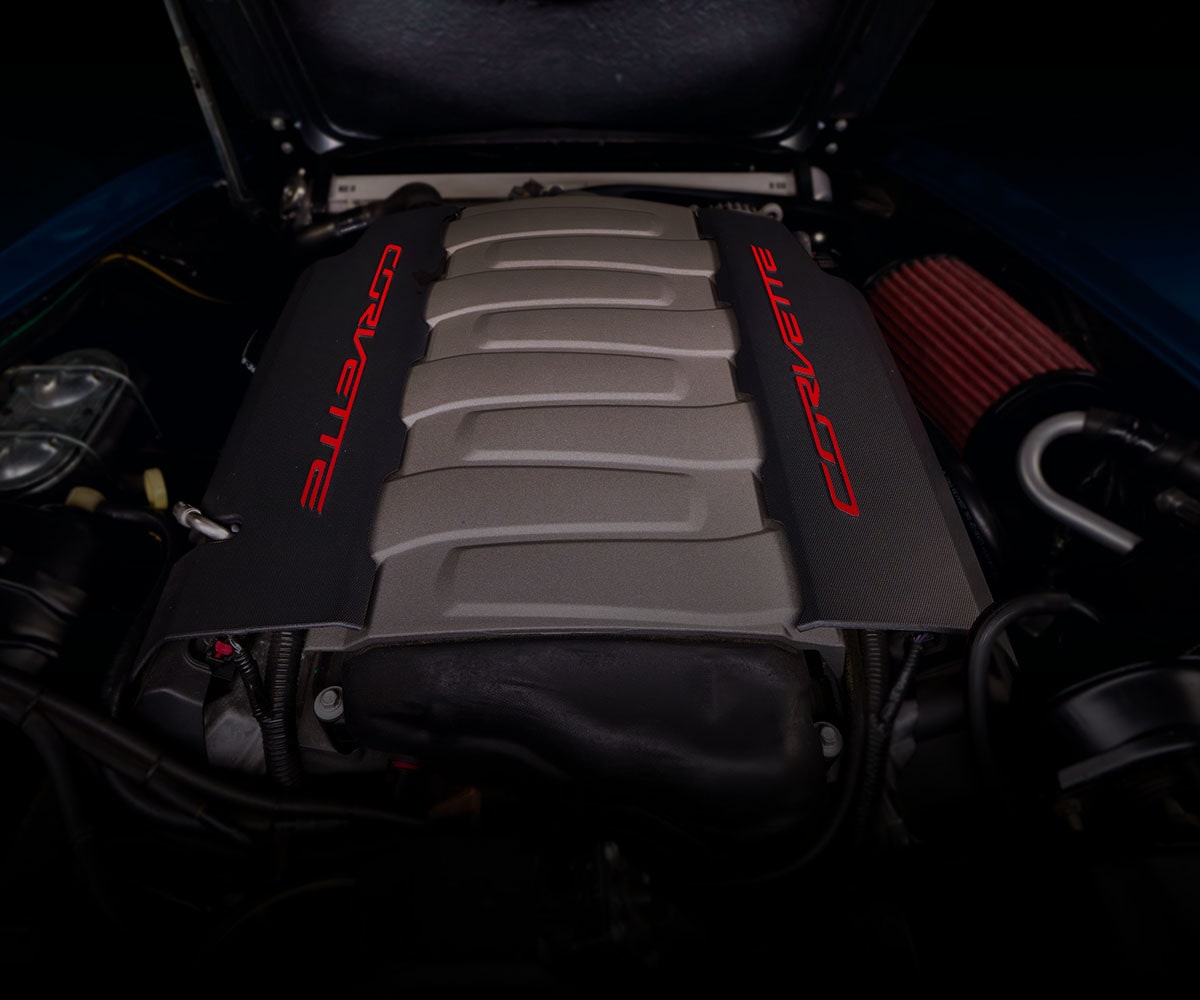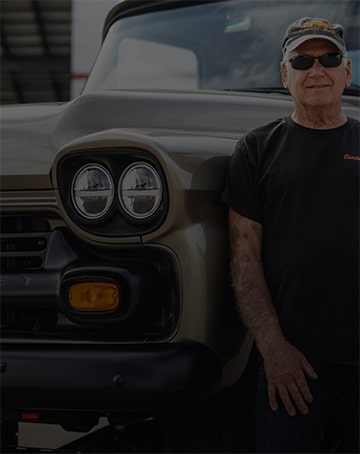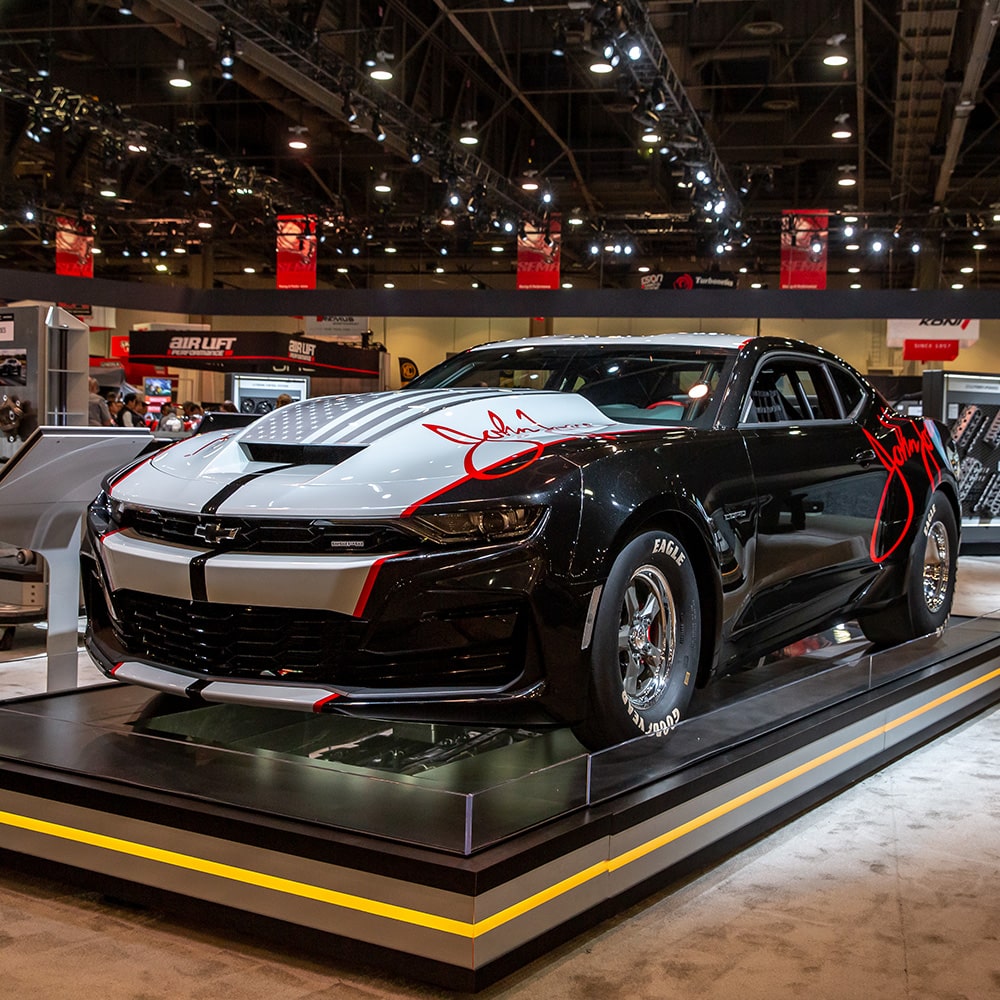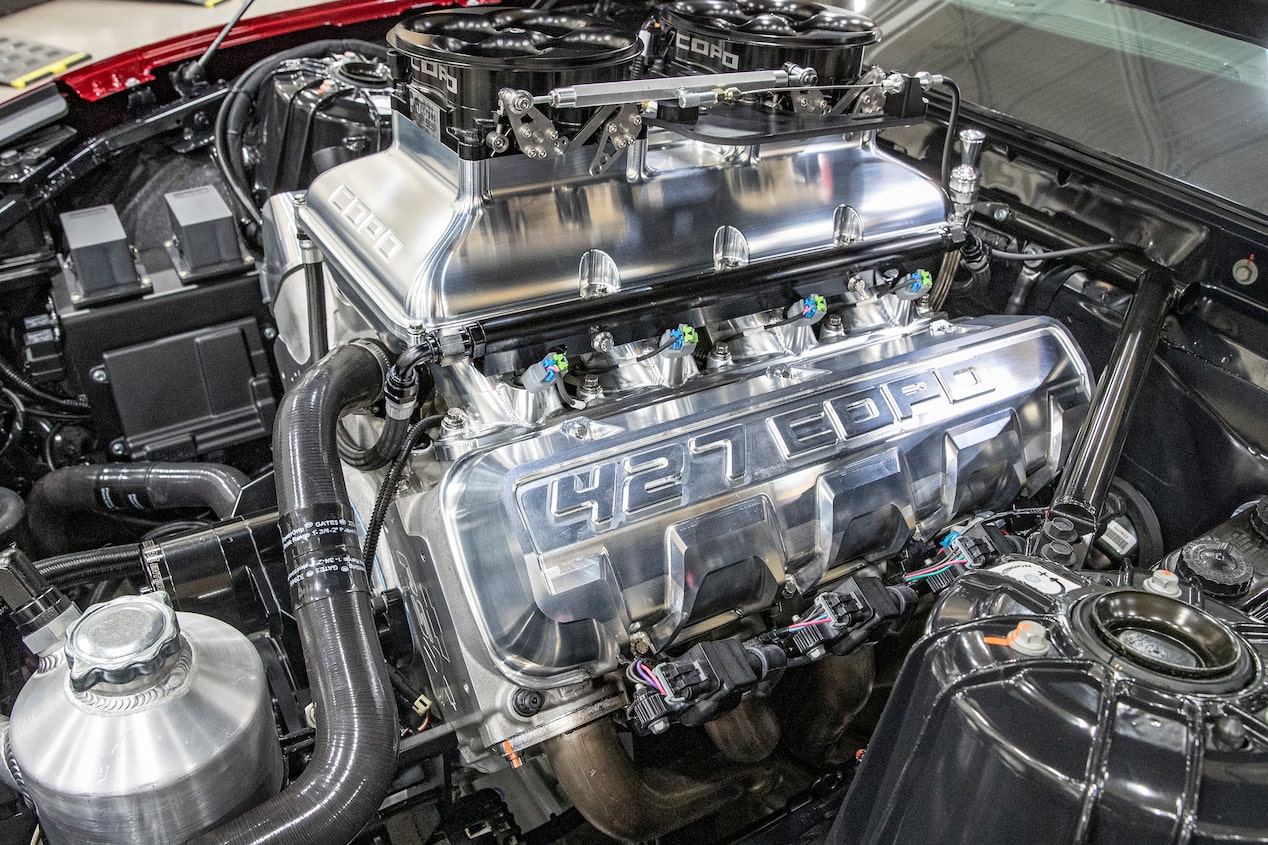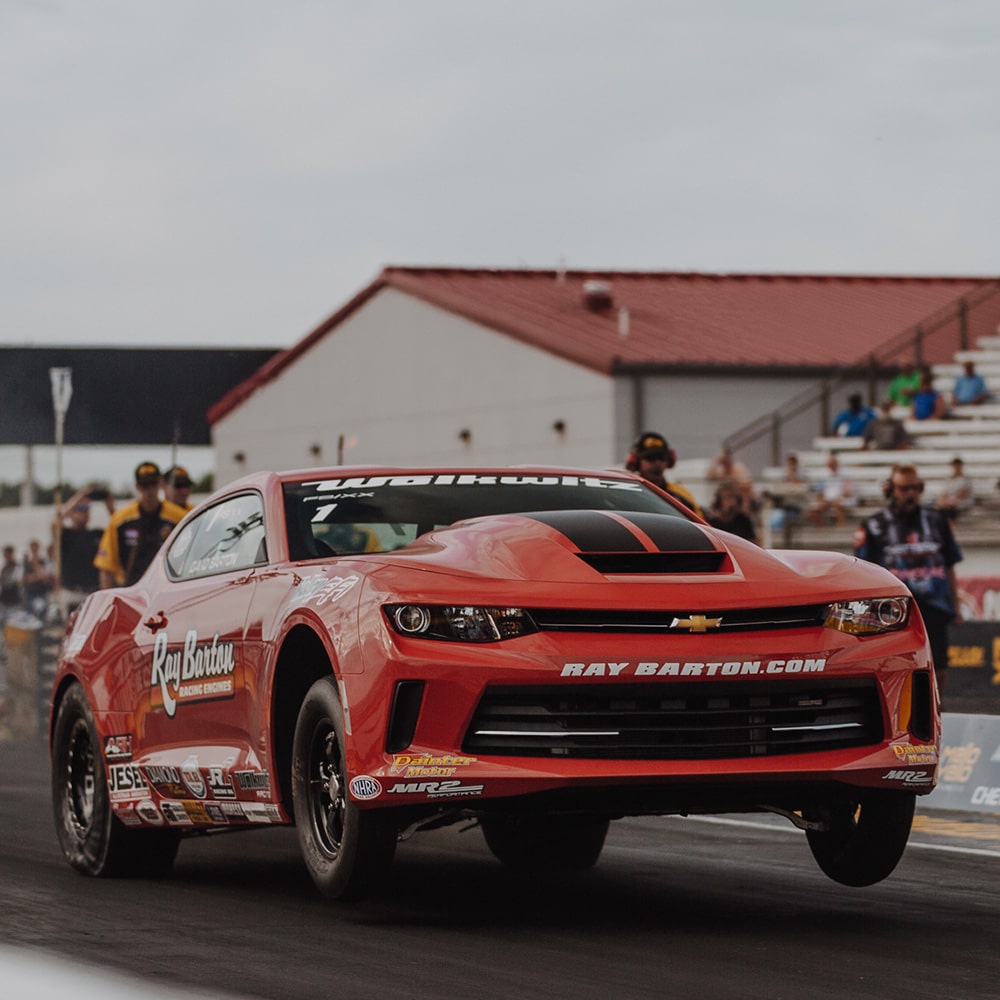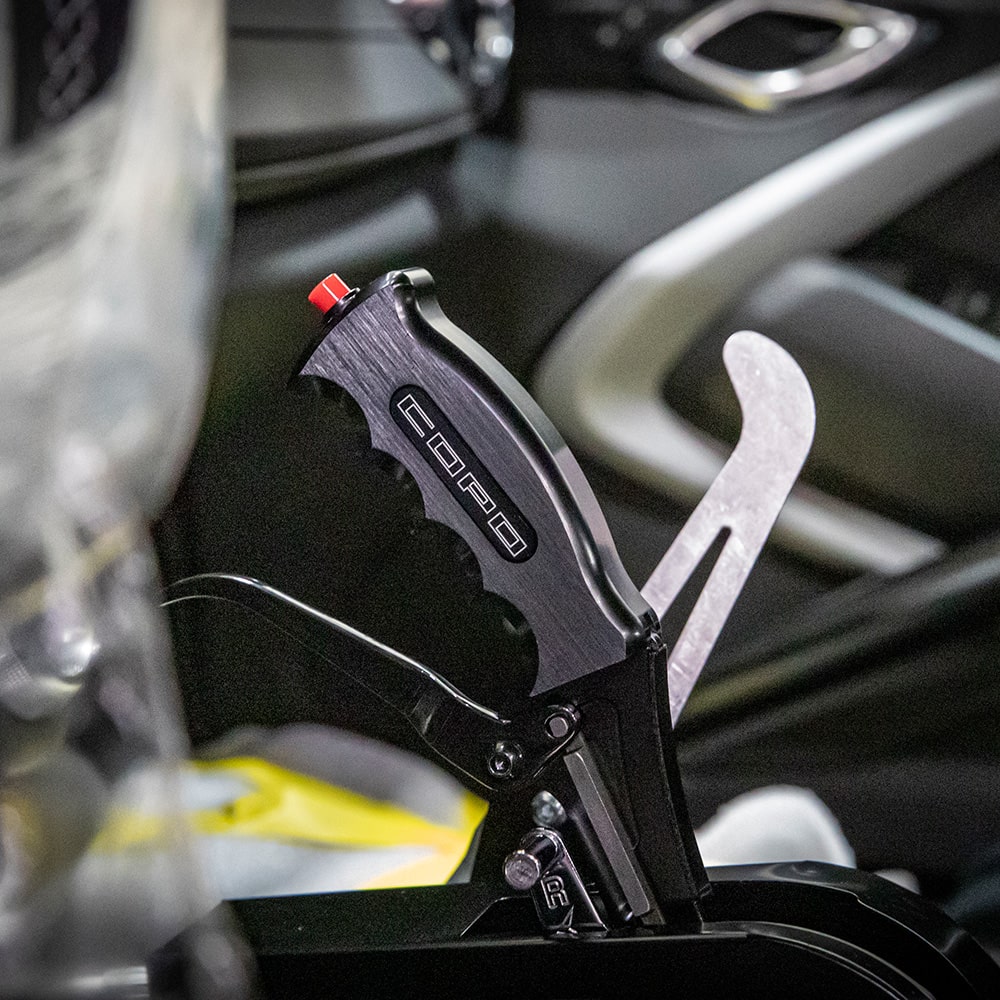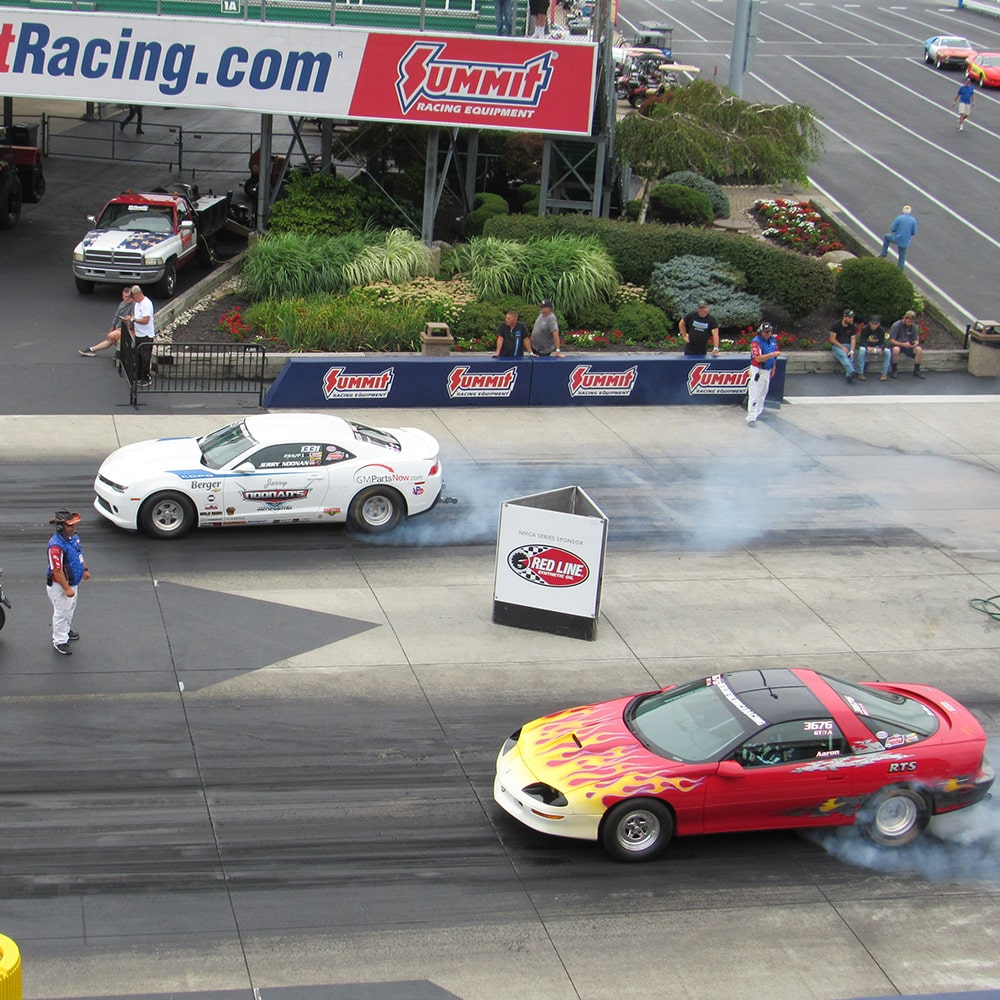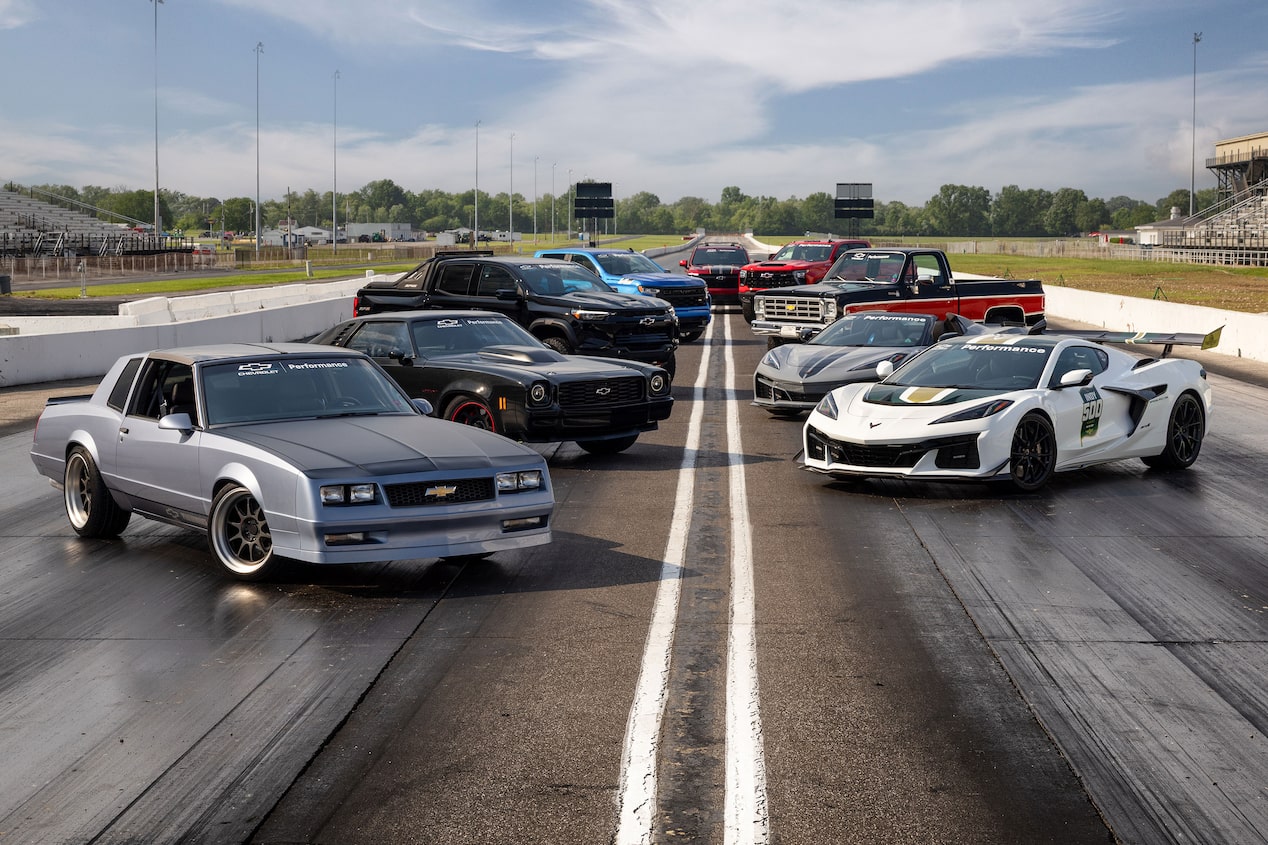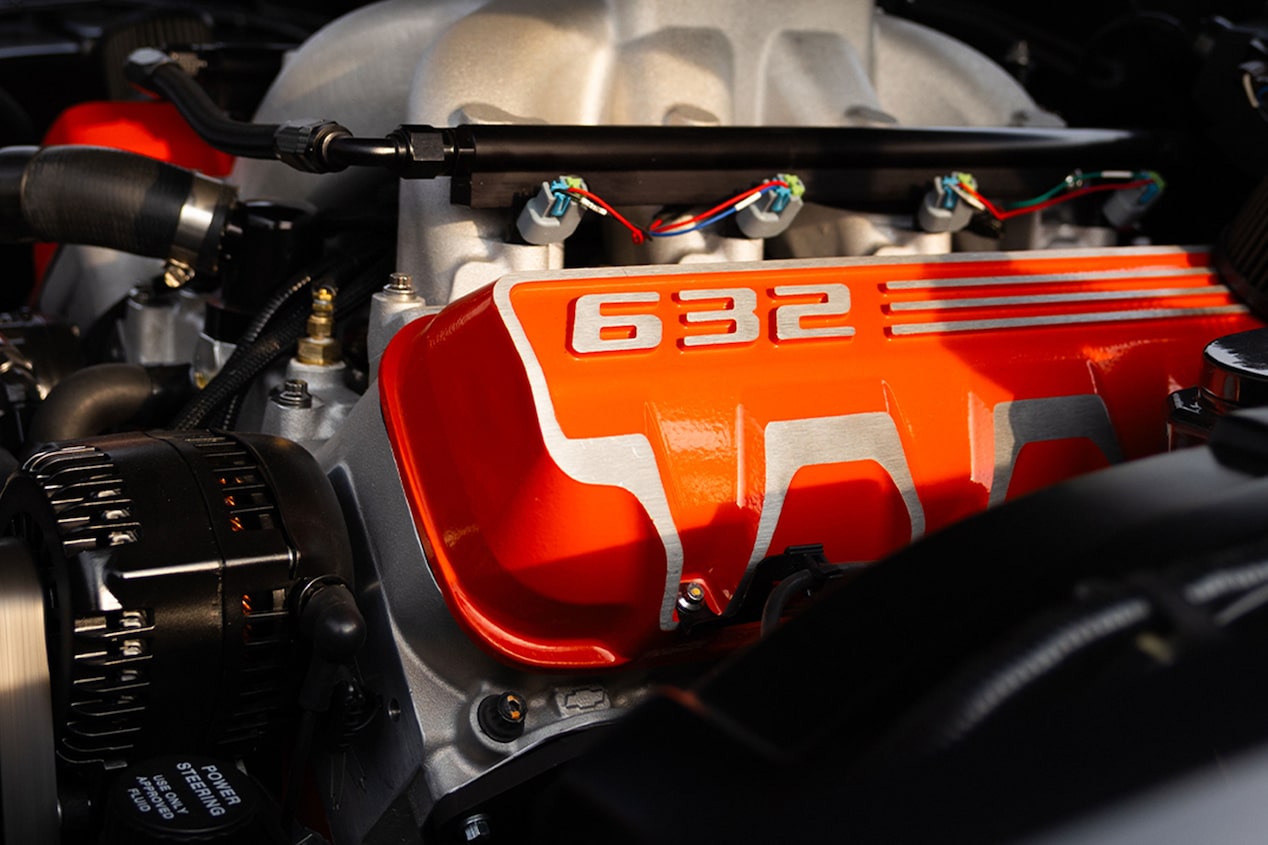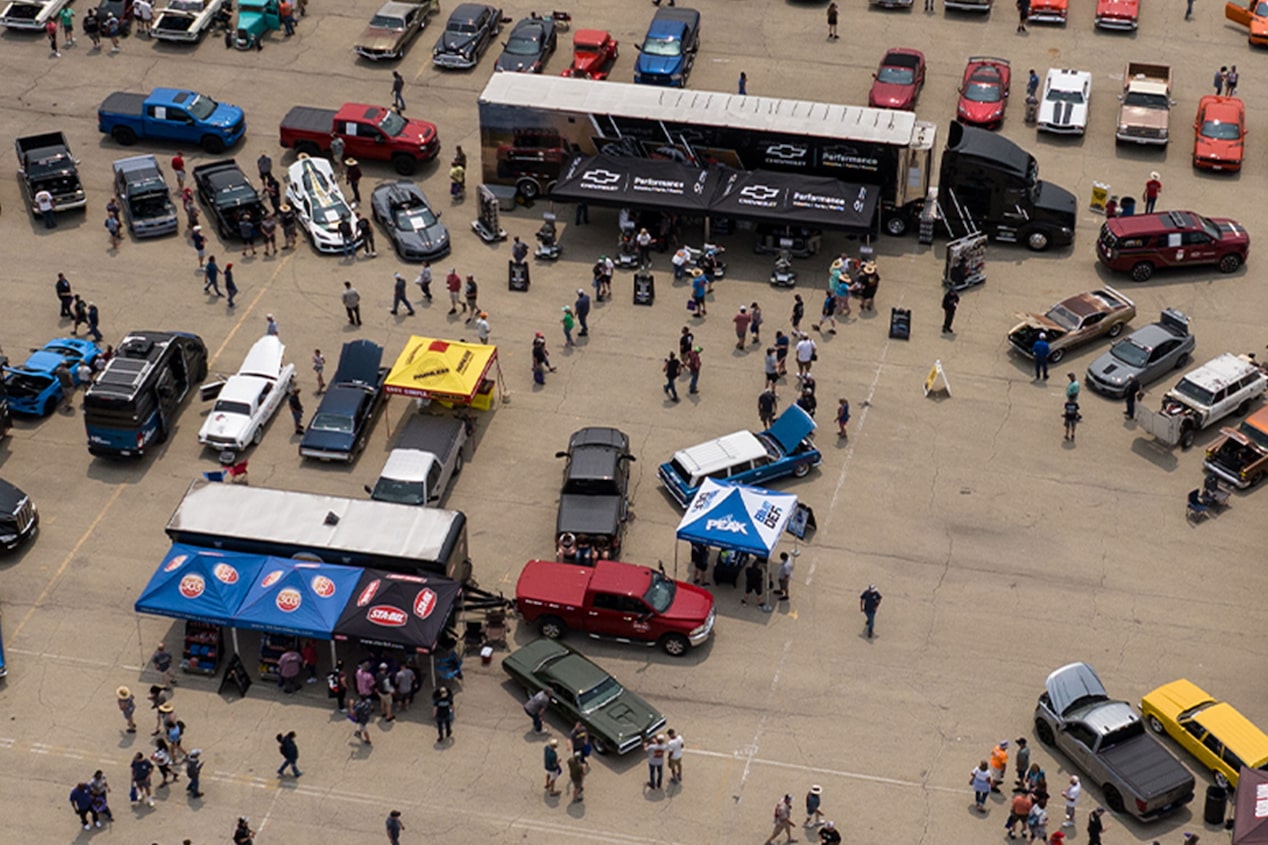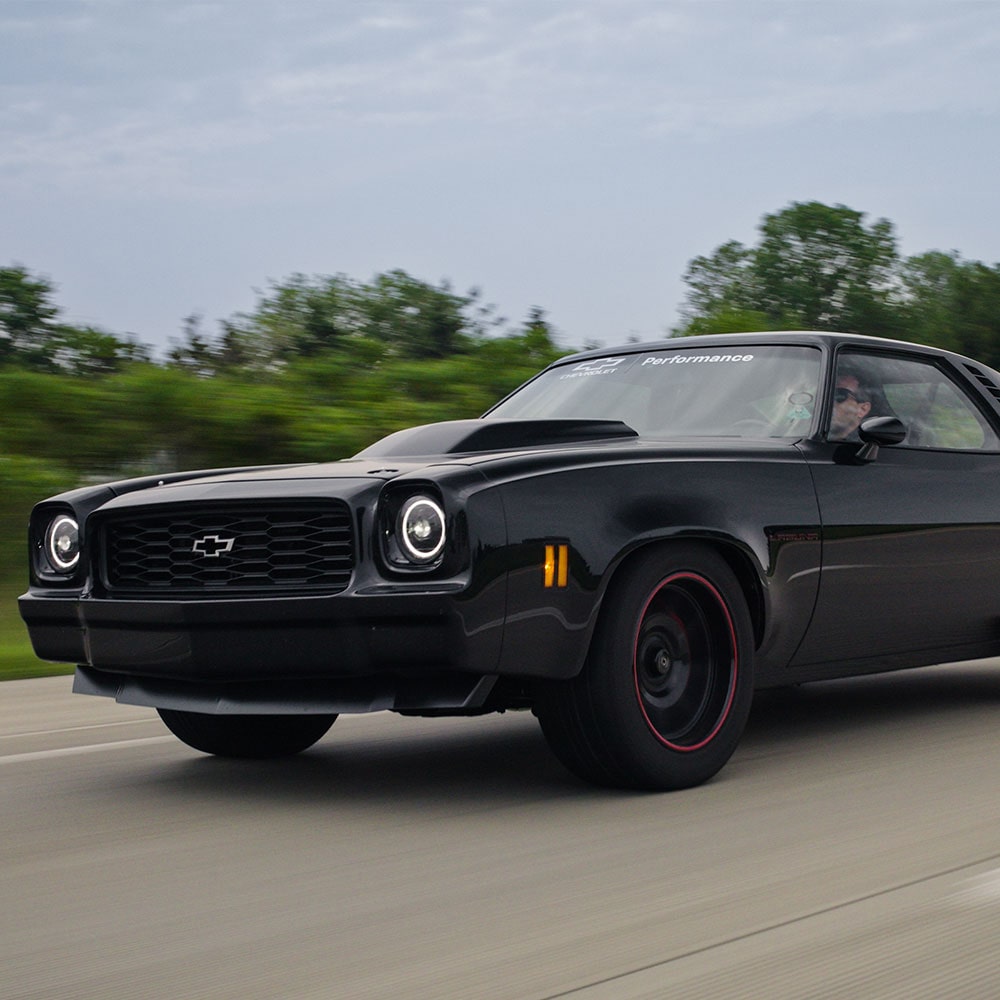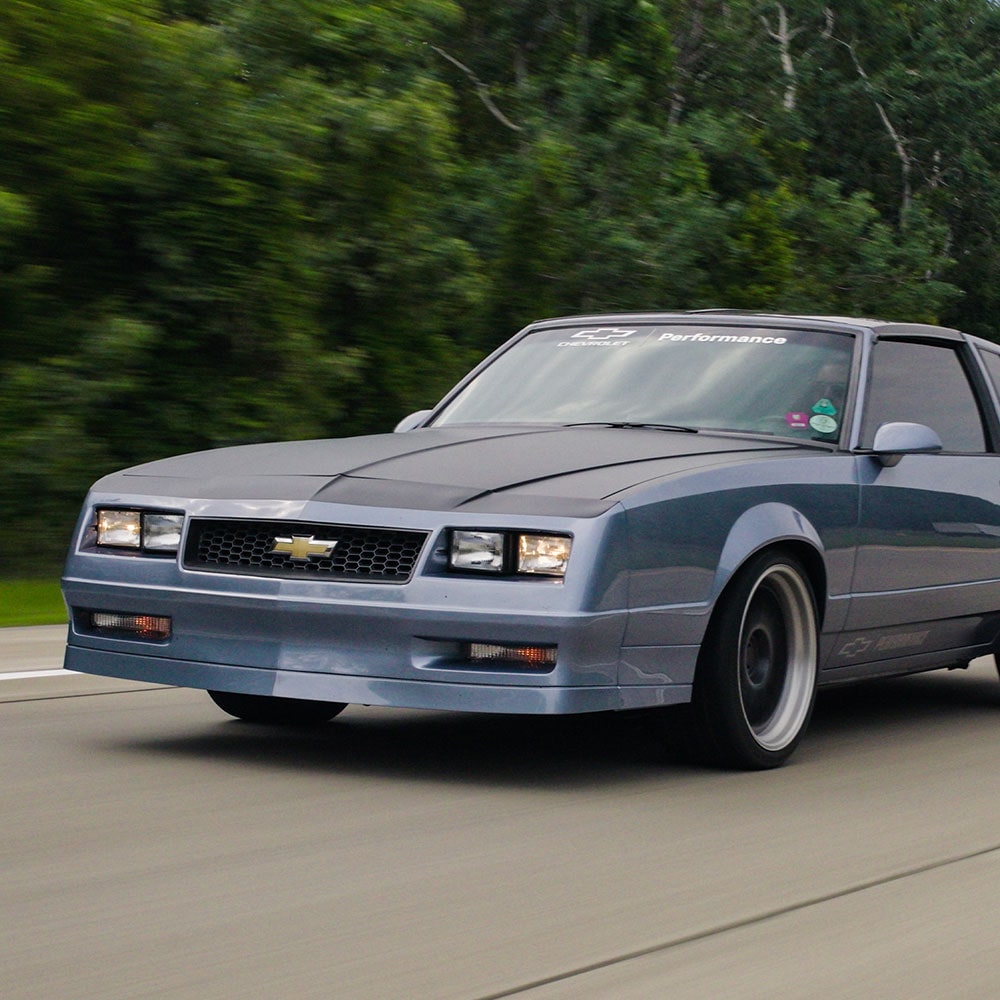Performance starts here.

Camaro ZL1 Carbon Performance Package
An elite upgrade —
up to a 361% increase in downforce.

ZL1 1LE Spec Front Grille and Splitter

Carbon Fiber End Caps

Carbon Fiber Rocker Extensions

Carbon Fiber Rear Wing

Carbon Fiber Hood Insert

Tech Bronze Wheels (Optional)
A Passion For Performance
From the spark of an idea to the final assembly, Chevrolet Performance engines, transmissions and components are engineered, tested and built to make dreams come true. Here’s how we do it.
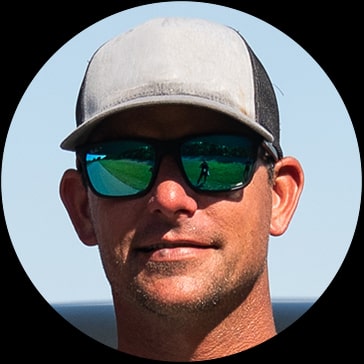
"It simplifies the whole project. If you have any issues, you plug into it, and you work on it and go from there. It makes it so simple."
Talbert Goldman
Mike Goldman Customs
An ideal pairing for any engine.

SuperMatic™ 4L65-E Four-Speed
Proven and tested reliability and durability for handling horsepower.

SuperMatic™ 6L80-E Six-Speed
Serious torque and added versatility for the track or the truck.
COPO Camaro: A Historic Gallery
2025 HOT ROD Power Tour
Chevy Performance cruises the Heartland for 31st annual high-performance road trip

Connect With Us
Offers, news and more all directly from Chevrolet Performance.
Follow our official Chevrolet Performance social media channels. Tag us in your #ChevroletPerformance posts with @ChevroletPerformance


